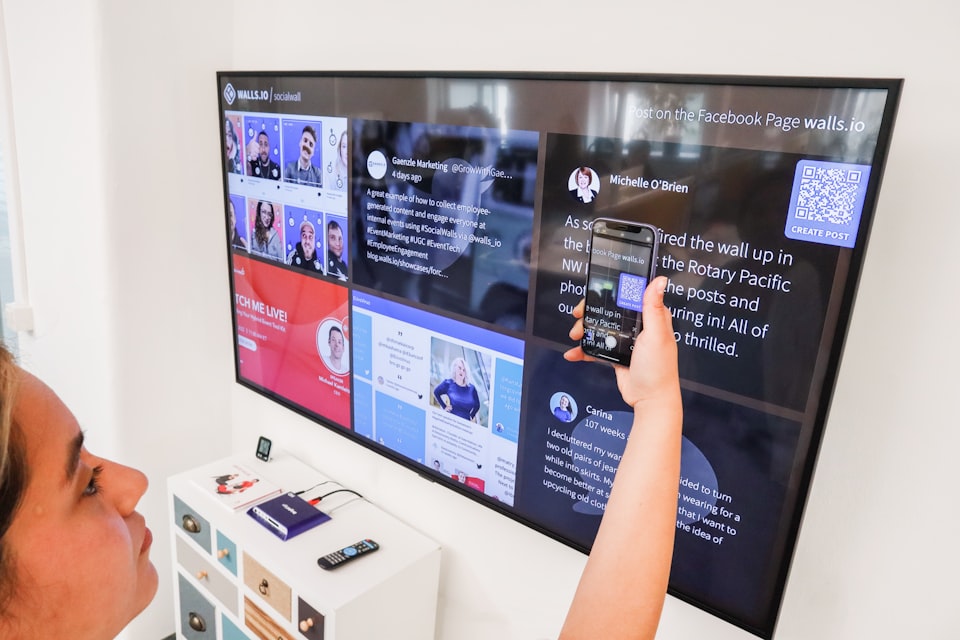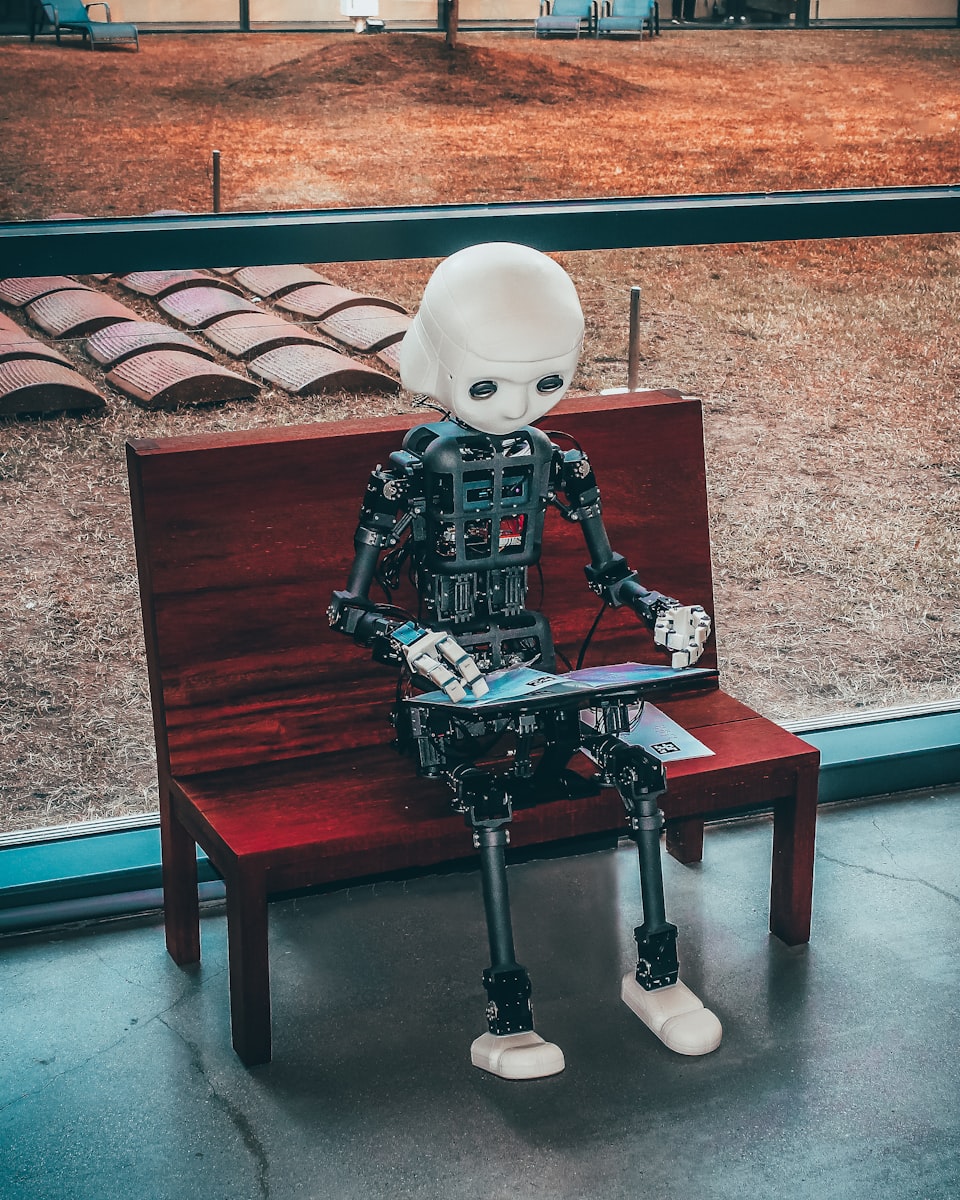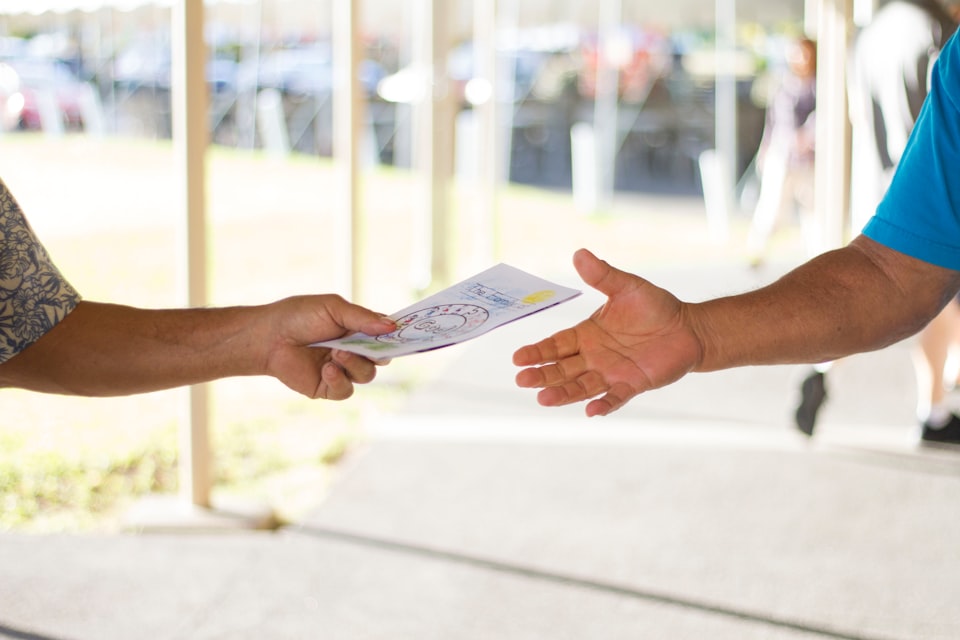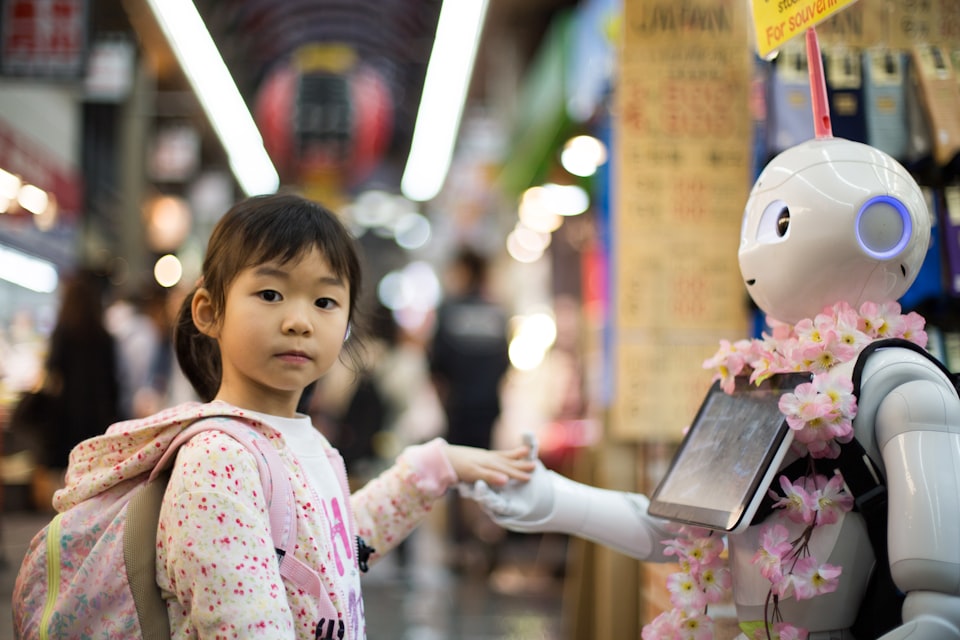The Evolution Of Digital Technology

The history of digital experiences is closely tied to the development of digital technologies and the evolution of the internet. The first digital experiences were relatively simple, consisting of basic text-based interfaces that allowed users to perform simple tasks, such as sending emails or browsing web pages.
As digital technologies evolved, so too did digital experiences, with the introduction of multimedia elements such as images, audio, and video, which enabled more immersive and engaging experiences. The rise of social media in the mid-2000s also transformed digital experiences, enabling users to engage with each other in real-time and share content on a global scale.
More recently, the proliferation of mobile devices and the Internet of Things (IoT) has created new opportunities for digital experiences, as users can now engage with digital products and services through a wide range of devices and interfaces, including voice assistants, smartwatches, and virtual reality headsets.
Today "Digital experience" refers to the sum of all interactions and engagements that a person has with a digital product or service, such as a website, mobile app, or digital device. It encompasses the usability, functionality, design, and overall quality of the digital offering and the experience it provides to the user. These engagements can take many forms, such as:
User interface interactions: Users can interact with the digital product or service through buttons, links, menus, and other graphical elements to perform specific tasks or access information.
Personalization: Users can customize their experience by setting preferences, profiles, and other settings that tailor the product or service to their individual needs and preferences.
Social interactions: Users can engage with others through the digital product or service, such as social media platforms or online forums, to share information, opinions, and experiences.
Feedback and support: Users can provide feedback and receive support through the digital product or service, such as through chat bots, customer support teams, or other tools.
Multichannel engagements: Users can engage with the digital product or service across multiple channels, such as desktop, mobile, and wearable devices, and seamlessly transition between them to create a seamless experience.
A good digital experience should be intuitive, responsive, accessible, and engaging, and should meet the user's needs and expectations. Digital experience are becoming increasingly important in today's digital age, as more and more activities and interactions move online. Modern digital experiences have been characterized by a shift towards more personalized, immersive, and connected experiences that leverage new technologies and data to meet user needs and expectations.




